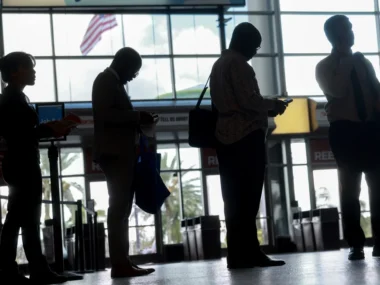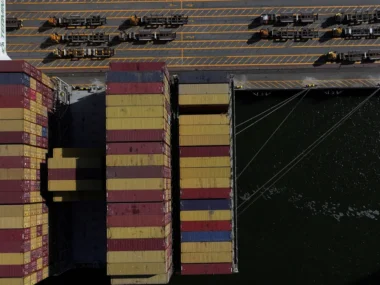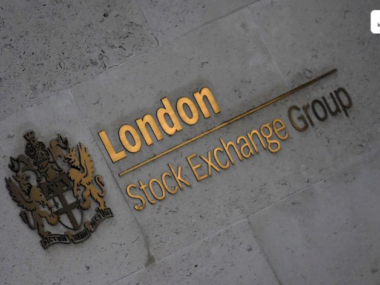In recent days, Chinese authorities have escalated their endeavors to stimulate economic growth. However, it appears that these efforts may not suffice to rectify the ailing economy.
On Friday, the country’s central bank injected a substantial amount of liquidity into the banking system as part of broader initiatives to bolster the economy, which has been facing challenges due to a sluggish property market and subdued consumer demand.
Although Hong Kong stock prices experienced an increase following this action, government data unveiled on the same day indicated that the world’s second-largest economy is still grappling with difficulties, particularly in terms of investment in fixed assets, which continued to fall short of expectations.
There were some positive developments in certain areas, however. According to the National Bureau of Statistics (NBS), China’s industrial sectors saw a 6.6% increase in output last month compared to the same period in 2022. This exceeded the 5.6% growth forecast by economists in a Reuters poll.
Retail sales, which serve as an indicator of consumer spending, showed a significant rise of 10.1% in November, surpassing the 7.6% increase reported in the previous month. Nevertheless, this latest figure fell short of the Reuters forecast of 12.5% expansion, which was calculated against a low base of comparison in 2022 when spending was discouraged due to Covid-19 restrictions.
Investment in fixed assets such as buildings and infrastructure grew by 2.9% in the first 11 months of the year compared to the same period in 2022. This figure was slightly lower than the projected 3.0% expansion.
The real estate sector played a significant role in hindering fixed asset investment, as it saw a 9.4% year-on-year decline in the first 11 months of the year, according to NBS data.
China’s ongoing real estate slump is at the core of several economic challenges it currently faces. This industry, which has historically contributed up to 30% of the GDP, encountered a crisis three years ago when the government cracked down on reckless borrowing by developers.
The decline in home sales, coupled with the financial difficulties faced by numerous developers due to a cash shortage, has compounded the challenges in China’s property market. This prolonged slump in the property sector has contributed to indications of subdued consumer spending and persistently low prices throughout most of the year. These trends have heightened concerns about the possibility of deflation in the Chinese economy.
Relaxing the regulations.
Beijing is taking measures to prevent an economic slowdown.
Earlier this week, China’s top leadership pledged to prioritize economic growth in 2024 during the annual Central Economic Work Conference (CEWC), which sets the economic policy tone for the coming year.
According to Larry Hu, the chief China economist at Macquarie Group, the People’s Bank of China (PBOC) injected a record-breaking net amount of 800 billion yuan ($112 billion) into the banking system through the medium-term lending facility (MLF). The MLF is a monetary policy tool introduced by the PBOC in 2014 to help banks maintain liquidity by borrowing from the central bank using securities as collateral. The PBOC stated that Friday’s move aimed to “maintain reasonable and sufficient liquidity in the banking system.”
To further support the struggling real estate sector, Beijing and Shanghai, two major Chinese cities, have relaxed property purchase rules by reducing the minimum deposit requirements for first and second homes.
The Beijing Municipal Commission of Housing and Urban-Renewal Development announced that it would lower the minimum down payment ratio for first homes to 30%, down from the previous range of 35% to 40%. The minimum deposit for second homes will now be 40% or 50%, depending on the location, instead of the previous 60% or 80%.
Shanghai, the commercial capital, also revealed that it would lower the down payment requirements for first and second home buyers to 30% and 50%, respectively, compared to the previous ratios ranging from 35% to 70%.
Larry Hu mentioned that while these rule relaxations may boost sentiment and activity in the property market, they might not fully address the key issue of credit risk for developers. He suggested that a potential solution could involve the central government creating a lender or buyer of last resort for troubled property developers, similar to the Troubled Asset Relief Program (TARP) implemented by the US Treasury during the global financial crisis in 2008. TARP was introduced to prevent a financial system collapse and another Great Depression following Lehman Brothers’ bankruptcy.











